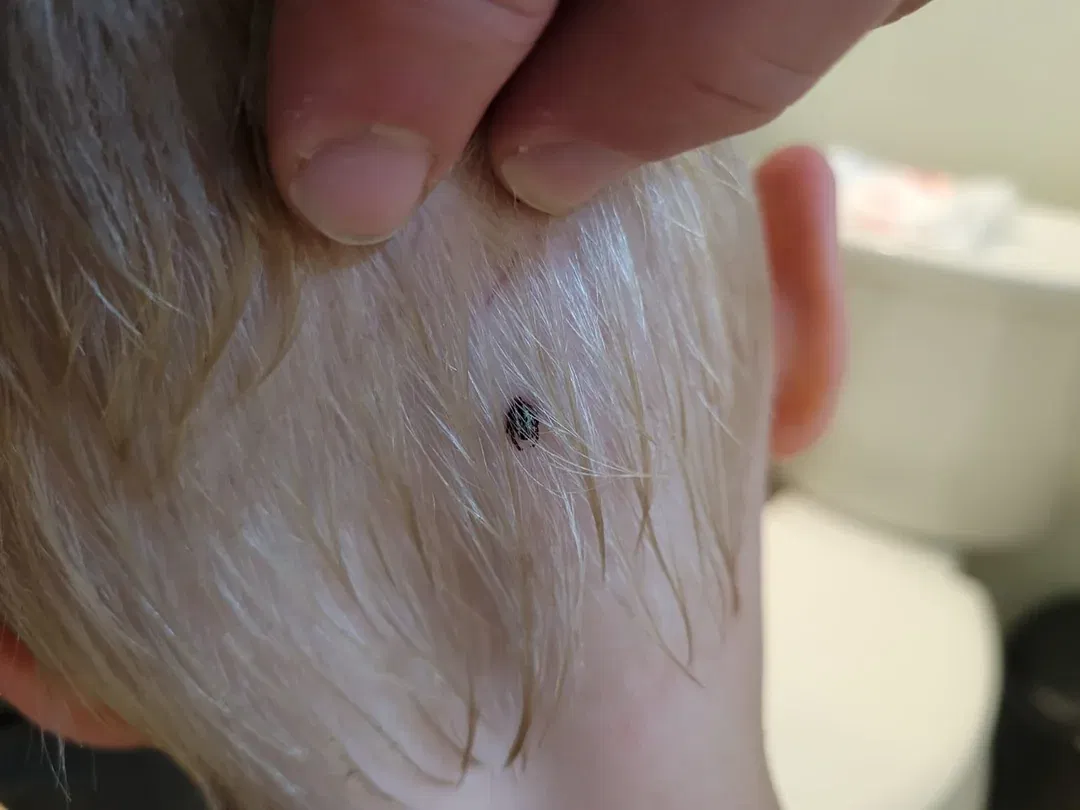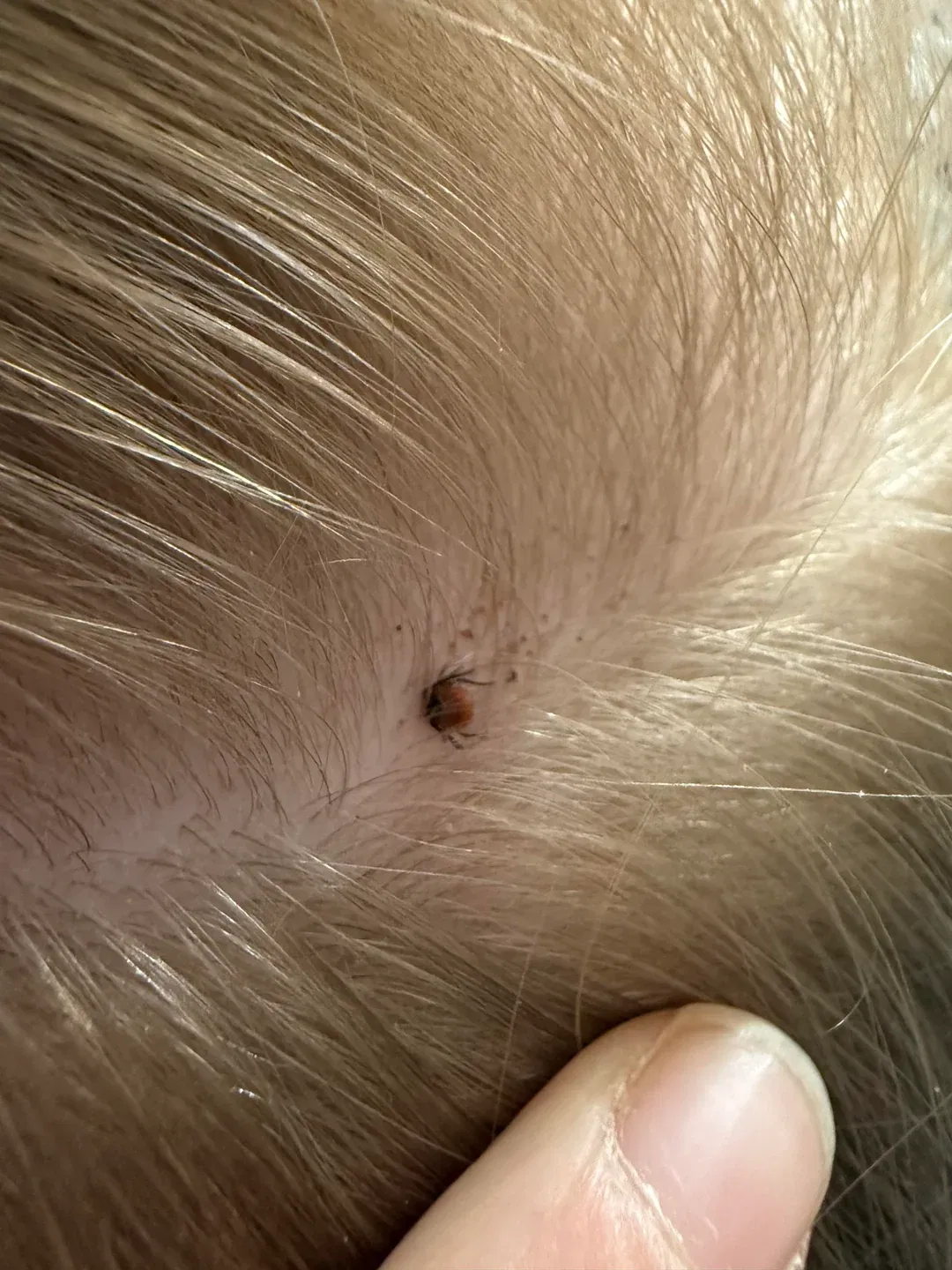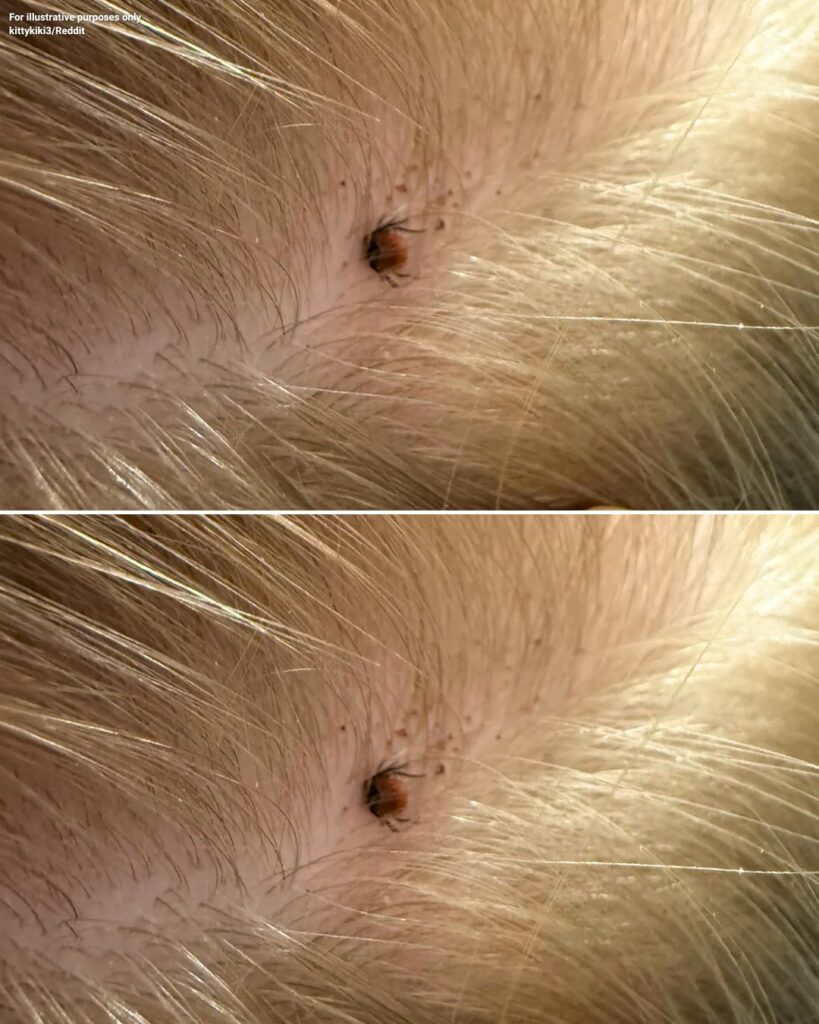Finding something unusual in your child’s hair can be alarming. Whether it’s a bump, a strange texture, or even something moving, the first reaction is often worry. Hair- and scalp-related issues in children can range from harmless to conditions that require medical attention. The key is to stay calm, observe carefully, and decide if professional care is needed.

1. First Steps: What Did You Notice?
Take a close look at what you’ve found. Is it a small moving insect, a cluster of tiny eggs, or just a change in hair texture? Note any symptoms such as itching, redness, or bumps. A magnifying glass can help. If you suspect lice or mites, you may see sesame seed–sized insects or nits attached near the scalp. Documenting your observations will be useful if you visit a doctor.
2. Common Culprits
The most frequent pest in children’s hair is head lice—tiny, wingless insects about 2–3 mm long. Their eggs (nits) stick firmly to hair shafts. Less commonly, mites such as scabies can affect the scalp. Scabies mites are smaller (0.2–0.4 mm) and usually burrow into skin folds, though scalp involvement can occur.

3. Signs of Mites
Mites are extremely small and often diagnosed by their symptoms rather than appearance. Scabies typically causes intense itching and a rash resembling pimples. Dust mites, which don’t live on people, can still trigger allergic reactions like sneezing, itchy eyes, or rashes.
4. Symptoms to Watch
Persistent itching, redness, or small bumps on the scalp or neck may indicate lice. Severe itching, swelling, hives, or open sores from scratching can point to a more serious condition and may require medical help.
5. Home Remedies People Try
Parents often attempt home treatments such as coating hair with olive oil or mayonnaise, then combing with a fine-toothed nit comb. Essential oils like tea tree oil are also popular. While some remedies help, safety should always come first—test on a small area before applying, and consult a professional if unsure.

6. When to See a Doctor
Seek medical advice if:
- Symptoms persist despite home care
- Scratching causes sores or infection
- Your child has allergies or skin conditions that complicate treatment
Doctors can confirm whether it’s lice, mites, or another issue and prescribe the right treatment, such as medicated shampoos or creams.
7. Prevention
- Avoid head-to-head contact.
- Don’t share hats, combs, or hair accessories.
- Wash bedding, clothing, and stuffed animals in hot water.
- Vacuum and keep living areas clean to minimize risks.
8. Risks of Untreated Infestations
Untreated lice or scabies can lead to secondary skin infections. Dust mites can worsen allergies and asthma. Recognizing symptoms early and taking action helps protect your child’s health.
9. Treatment Options
- Lice: Over-the-counter shampoos with permethrin or pyrethrin
- Scabies: Prescription creams or oral medication
- Allergies to dust mites: Antihistamines, allergy-proof bedding, and environmental cleaning
Always follow directions carefully and complete the full treatment to prevent re-infestation.
10. Monitoring After Treatment
Continue checking your child’s scalp for new lice or symptoms. Good hygiene, regular cleaning, and awareness can prevent future problems. If issues keep recurring, consider seeing a dermatologist.
Beta feature
Beta feature
Beta feature


